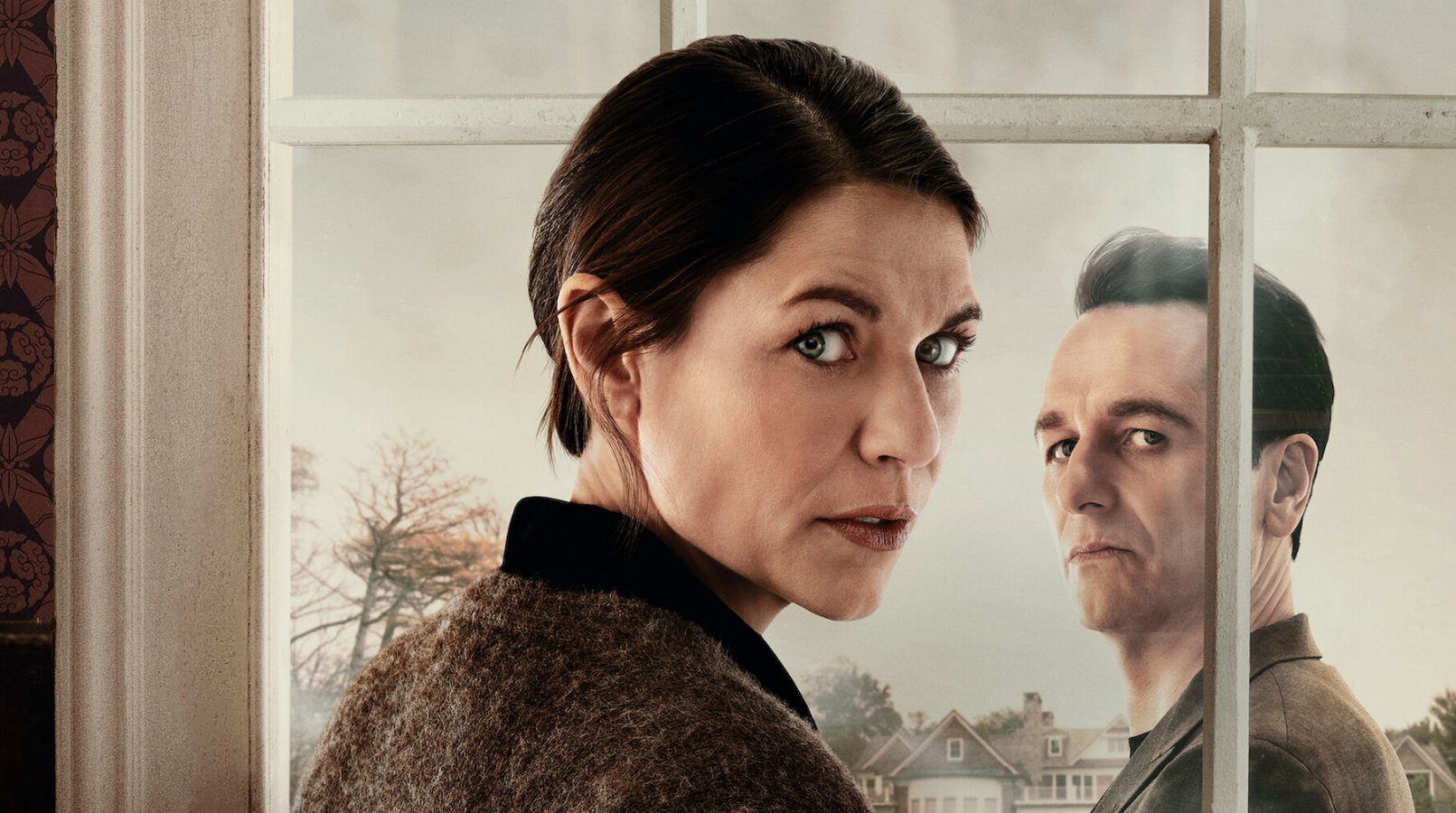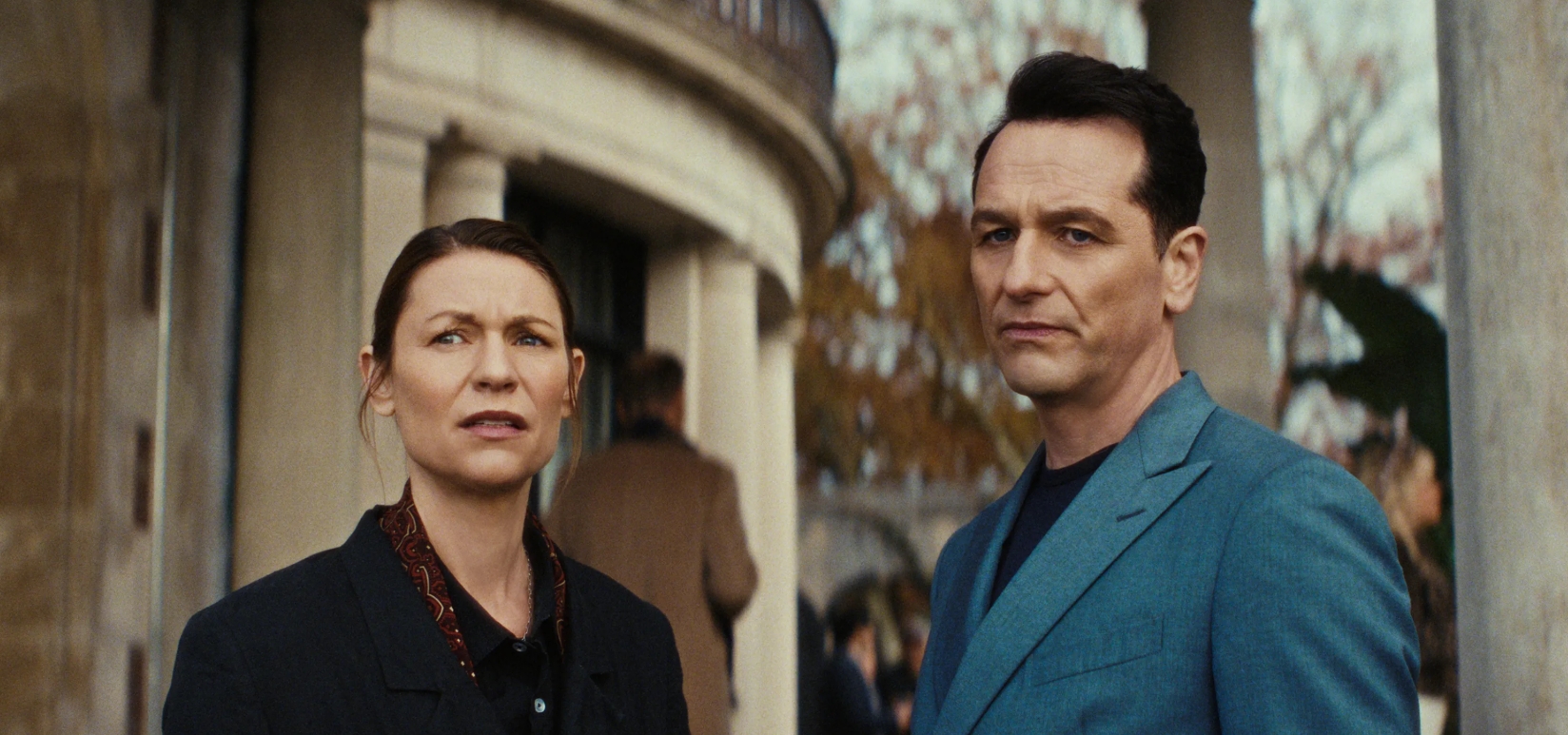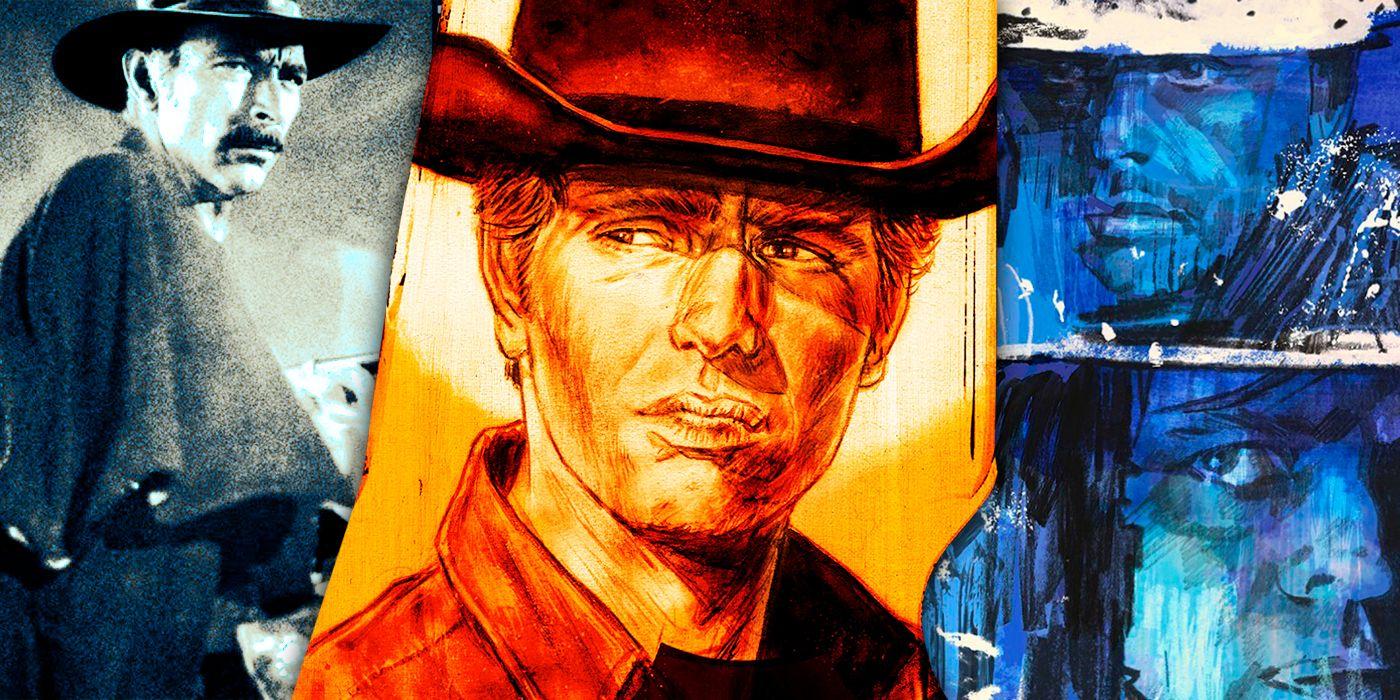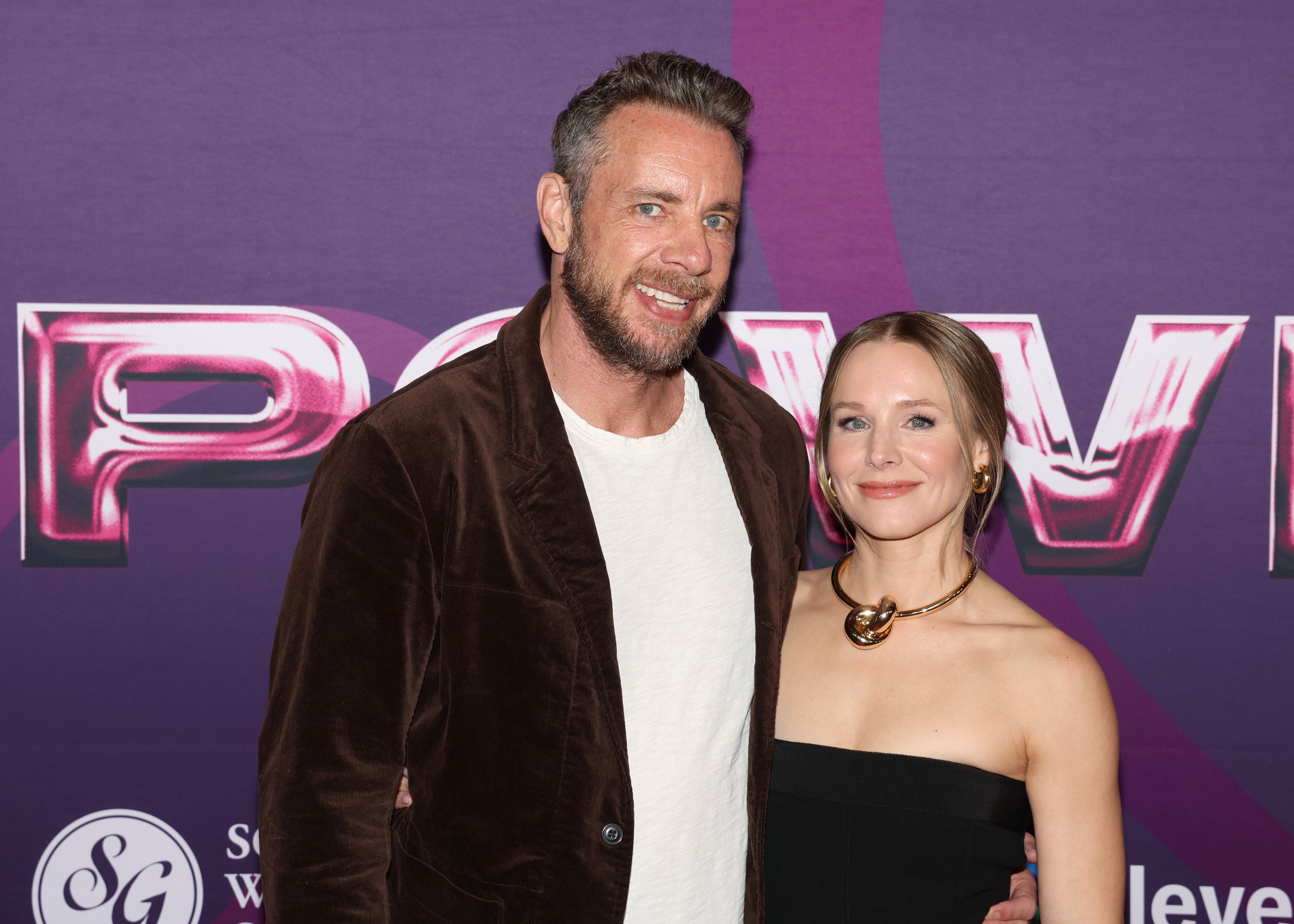Since its release in 2016, ‘La La Land’, directed by Damien Chazelle, has occupied a unique space in the evolution of the musical genre. Its modern reinterpretation, aesthetic choices, and cultural impact have been extensively discussed by critics, filmmakers, and audiences alike. Yet, what precisely did ‘La La Land’ contribute to the contemporary musical repertoire? The answers are multifaceted, spanning narrative innovation, technical revival, and a reevaluation of cinematic nostalgia.
Reimagining the Traditional Structure with a Contemporary Perspective
Musicals have long thrived on grand spectacle, vibrant choreography, and emotionally charged storytelling. However, before ‘La La Land’, the American film industry experienced a lull in large-scale, original musicals, with adaptations and Disney animations dominating the scene. Chazelle’s vision drew explicitly from the Golden Age of Hollywood, referencing works such as ‘Singin’ in the Rain’ and ‘The Umbrellas of Cherbourg,’ yet grounded the narrative in the tangible struggles of twenty-first century dreamers.
By intertwining Mia’s and Sebastian’s aspirations with modern-day challenges—economic precarity, professional unpredictability, and the conflict between idealism and pragmatism—the movie grounded universal concepts within a believable setting. The juxtaposition of highly stylized musical segments, like the initial highway scene ‘Another Day of Sun’, and the realistic, poignant evolution of the main romance, revitalized the genre while acknowledging current perspectives.
Cinematic Technique: Color, Music, and Choreography
La La Land stood out due to its careful blend of visual and auditory artistry. Linus Sandgren, the cinematographer, employed color palettes not just as a tribute, but as a purposeful psychological instrument. The vibrant shades in the attire and scenery frequently reflected emotional high points or shifts, mirroring the expressive potential of color in traditional musicals while offering a novel effect to modern viewers.
Composer Justin Hurwitz’s score played a central role in shaping the film’s identity. Unlike many modern musicals that favor diegetic or pop-inspired numbers, ‘La La Land’ embraced original compositions loosely tethered to jazz. The recurring motif of jazz, both thematically and structurally, brought an improvisational spirit to the film and reminded viewers of the transformative nature of music itself. Numbers like ‘City of Stars’ achieved cultural ubiquity, crossing into mainstream radio, and earned multiple awards, including the Academy Award for Best Original Song.
The choreography, designed by Mandy Moore, eschewed hyper-polished perfection for expressive, character-driven movement. Ryan Gosling and Emma Stone, neither famed for musical theater backgrounds, delivered performances grounded in vulnerability and authenticity. This democratized the musical form—suggesting that heartfelt execution could outweigh technical virtuosity.
Narrative Subversion and Realism
Audiences conditioned by classical musicals might expect a conclusive, optimistic ending. ‘La La Land’ purposefully subverted this convention. The film’s final act, often referenced as ‘the epilogue,’ offered viewers both a dreamlike, alternative reality montage and the present-day outcome, where aspirations are realized at the cost of the romantic relationship. This duality resonated with a modern audience accustomed to complexity and nuance, suggesting that adult life often demands sacrifice rather than the perfect alignment of love and ambition.
Furthermore, the film’s self-awareness reframed the musical genre as both a celebration and a critique. Through Sebastian’s longing for an idealized jazz era and Mia’s evolving understanding of fame, ‘La La Land’ interrogated the nostalgia so frequently romanticized in musicals, subtly challenging viewers to reconsider the cost of clinging to the past.
Public Response, Enduring Impact, and the Wider Musical Resurgence
The worldwide reception of ‘La La Land’ highlighted a demand for musical storytelling beyond the typical superhero or franchise models. Earning almost $450 million globally from a $30 million investment, and receiving fourteen Academy Award nods, the movie proved the strong commercial and critical potential for original musicals in the modern era. Its triumph notably paved the way for a renewed interest in musical films and TV shows, such as ‘The Greatest Showman,’ the 2018 version of ‘A Star is Born,’ and live televised productions of Broadway favorites.
The movie also rekindled widespread fascination with jazz music, the city of Los Angeles depicted as a central figure, and the recurring theme of an artist’s personal odyssey—indicating that viewers continued to crave sophisticated realism and profound emotional release.
Enduring Influence and New Standards for the Genre
Analysis of post-‘La La Land’ musicals reveals measurable influence across both independent and studio-backed projects. Directors and composers cite its blending of visual bravura and narrative honesty as a touchstone. The film’s soundtrack, with its jazz-inflected motifs, fueled a renewed appreciation for original scores in mainstream cinema.
Perhaps the most notable impact of ‘La La Land’ lies in its affirmation of the contemporary musical’s ability to fuse tribute with novelty. It encouraged artists to venture fearlessly within the genre while respecting its established customs. By avoiding mere imitation and instead presenting an authentic depiction of aspirations realized and relinquished, the movie reminded both audiences and filmmakers that musicals serve not only as vehicles for fantasy but also for genuine human narratives—intricate, flawed, and reflective of current experiences. This paradigm persists, encouraging each successive generation to redefine the potential and reach of the musical form.






